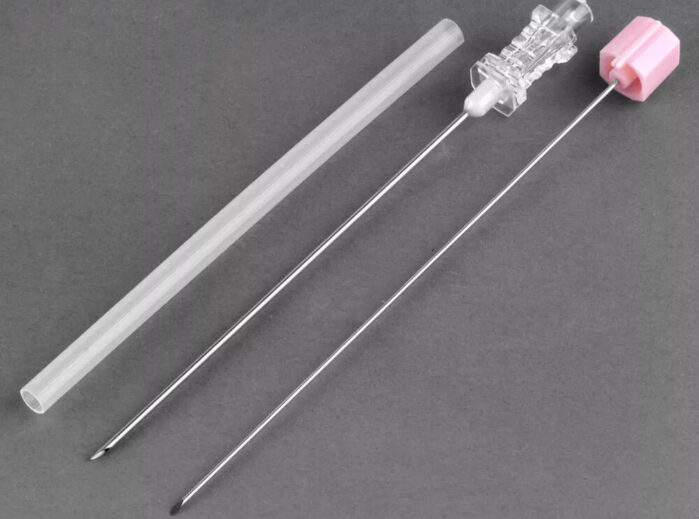Medical spinal needles are specialized needles used for spinal anesthesia, also known as a spinal block. The production process for these needles is complex and requires careful attention to detail to ensure that the needles are safe and effective for use in medical procedures.
Material Selection
The first step in the production process is to select the materials for the spinal needles. Typically, these needles are made from medical grade stainless steel or titanium. The material used must be strong, durable, and able to withstand repeated use and sterilization.
Needle Cutting
The next step is to cut the needles to the correct length and diameter. This process is typically done using a precision cutting machine that is programmed to produce needles of a specific size and shape. The machine may use a variety of cutting tools, such as diamond blades or lasers, to create the needles.
Point Grinding
After the needles are cut, the next step is to grind the tips to a sharp point. This is typically done using a specialized grinding machine that can create a precise and consistent point on each needle. The grinding process is important because it ensures that the needle can easily penetrate the skin and other tissues without causing excessive trauma.
Beveling
Once the needles are ground to a point, the next step is to bevel the tip. This involves grinding the sides of the needle to create a slanted edge, which helps the needle to penetrate the skin and tissues more smoothly. The angle and size of the bevel can vary depending on the specific application of the needle.
Polishing
After the beveling process is complete, the needles are polished to a smooth and shiny finish. This not only improves the aesthetic appearance of the needle but also helps to reduce the risk of tissue damage or irritation during use.
Sterilization and Packaging
The final step in the production process is to sterilize the needles and package them for distribution. Sterilization typically involves exposing the needles to high heat or chemicals to kill any bacteria or viruses that may be present on the surface of the needle. Once the needles are sterilized, they are typically packaged in sterile containers and shipped to hospitals and medical facilities for use in spinal anesthesia procedures.
In conclusion, the production process for medical spinal needles is a complex and multi-step process that requires careful attention to detail and quality control to ensure that the needles are safe and effective for use in medical procedures. By selecting high-quality materials and using precision cutting and grinding machines, manufacturers can produce spinal needles that are reliable, efficient, and safe for use in spinal anesthesia procedures.








